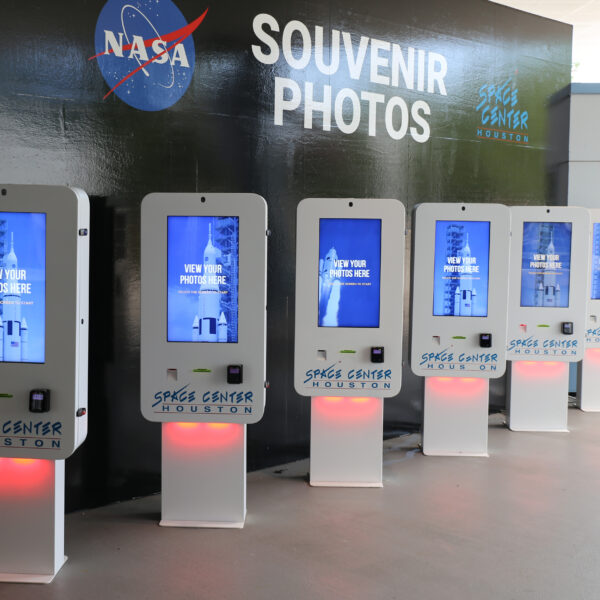
Kiosks
Close
Kiosk Industries


Deployment isn’t the end of the road when it comes to kiosks. Because the nature of self-service involves interaction, most kiosks will need servicing at some point to keep them operating smoothly.
Understanding what to do when a kiosk stops working is an important step in your deployment plan. Here, we detail the reasons why a kiosk might fail in the field as well as common protocols for servicing them.
All kiosks will need servicing after time. Users generate wear and tear, and electronics all have lifespans.
There are many options for kiosk repair. Each kiosk program’s demands will help orient the service needs. For instance, a self-order kiosk processing large volumes of purchases might warrant a higher service response than an interactive kiosk displaying consumer information.
Additionally, there are multiple options for implementing that service depending on complexity and timing needed, ranging from local employees to service technicians being sent onsite.
Before a problem even arises, it’s essential to have a service strategy in place. The scope of that plan can focus on things such as the design of the kiosk to help protect the enclosure and its components, serviceability ease, and selection of electronics incorporated. From there, it’s time to organize how the kiosk will be serviced when needed.
Having a plan in place does not necessarily equate to having a large backlog of spare parts ready for immediate deployment. A brand/business could elect to handle any issues as they arise and not implement any preemptive steps, meaning that every case would be treated individually. Necessary replacement parts would be ordered only as they are needed, not in mass quantities.
For some programs with lesser demands on the kiosks, this might be a logical approach and can save costs upfront. That said, it does sacrifice response times if an issue does arise, which is something to consider. There will also be larger individual costs to reconcile with the budget, once repairs are completed.
If a company does choose to take more advanced preemptive steps, those measures can take a variety of forms.
A business could elect to identify key components and purchase spares upfront which could then be sent out as service requests come up. This route can cut down on the turnaround time for initiating service since the components are on hand as well as cut some costs since those spares are bought in volume.
With this option, though, there is an upfront cost and commitment to parts. For electronic components, manufacturer’s warranties typically start on the date of shipment from the manufacturer. So, components held as spares would have a running warranty as they sit. There are steps that can be taken to extend or delay warranty starts for additional cost.
There is no “one size fits all” solution to kiosk servicing, so putting the right plan in place will be largely dependent on what works best for the brand or business, whether that means keeping a backlog of spare parts or waiting to order them on an individual basis.
A brand or business could elect to take their preemptive measures another step further by working with a partnered service provider for the fastest response times and least impact on their operating business.
These service providers offer an array of services, including monitoring and triage of kiosk software and component sets to keep units up and running, which minimizes the need for service calls to be made at all.
The service provider has software installed onto the kiosk that provides them remote diagnostic information about the health and operation of the kiosk. And since they have these diagnostics running on the kiosks, the service provider can detect issues before the consumer or local ops teams notice an issue.
In situations where repairs can’t be made remotely, the service provider can send technicians to make onsite visits to either further diagnose or complete a repair. Service can be offered promptly and reduce headaches for local operators.
Partnered service providers can repair kiosks in a timely manner because they’ll be familiar with the kiosk program as well as potential solutions for certain scenarios.
While not always necessary, making use of partnered service providers can cut back considerably on a kiosk’s time spent out of order.
Having a service plan does not mean the same thing for every company, or even every situation. However, having some kind of plan in place, whatever it may be, will allow for service protocol to run smoother when put into action.
Servicing kiosks can be scaled to meet whatever your needs may be. Discussing your use case and need for uptime with your kiosk provider will help determine which route is best.